
Find the reactions and all bar forces for the truss.
Explanation of Solution
Given information:
The Young’s modulus E of the beam is
The area (A) of all the bars is
Identify Zero Force Members:
In a two member forces, if both the members are not parallel and the no external loads or reactions acts at that joint. Then, the force in both the members is zero.
Calculation:
Show the free body diagram of the truss as shown in Figure 1.
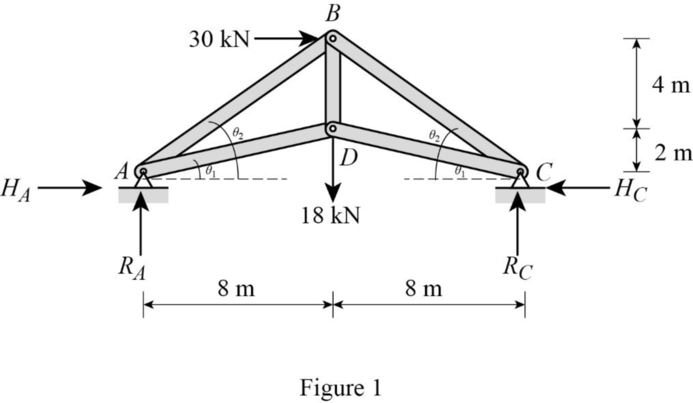
Refer Figure 1.
Find the length of the member AB and BC as follows:
Consider triangle ABD.
By symmetry of truss,
Find the length of the member AD and DC as follows:
Consider triangle ADC.
By symmetry of truss,
Find the angle
Find the angle
Consider the horizontal reaction at C as the redundant.
Remove the redundant at C to get the released structure.
Show the released structure with applied load as shown in Figure 2.
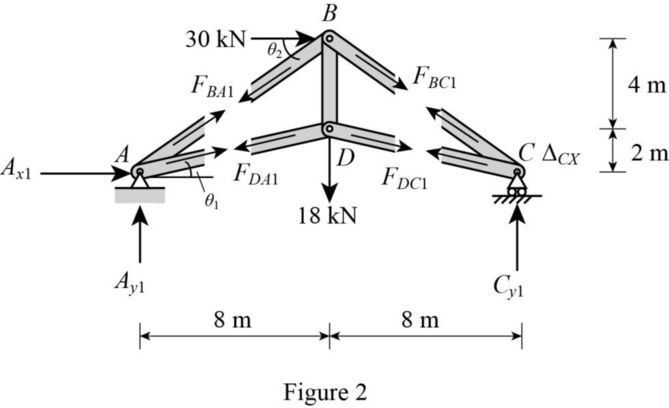
Refer Figure 2.
Find the reactions at A, D, and C as follows:
Apply Equation of Equilibrium,
Find the forces
Refer Figure 2.
Consider Joint C.
Apply Equation of Equilibrium,
Consider joint B.
Apply Equation of Equilibrium,
Consider joint D.
Apply Equation of Equilibrium,
Show the P forces in the members of the truss due to the applied load at C as shown in Table 1.
| Members | |
| AB | |
| BC | |
| AD | |
| DC | |
| DB |
Table 1
Show the released structure loaded with unit horizontal load at C as shown in Figure 2.
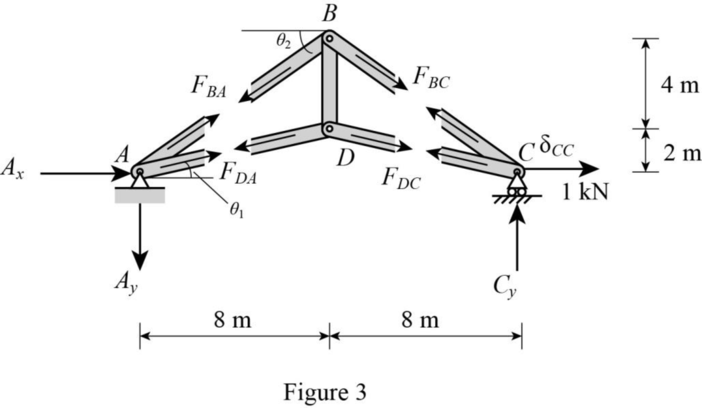
Refer Figure 3.
By symmetry of the truss,
Consider Joint D.
Apply Equation of Equilibrium,
Solve Equation (1) and (2).
By symmetry of the truss,
Consider Joint B.
Apply Equation of Equilibrium,
Show the Q forces in the members of the truss due to the unit load at C as shown in Table 2.
| Members | |
| AB | |
| BC | |
| CD | |
| AC | |
| DB |
Table 2
Find the deflection
| Members | |||||
| AB | 10 | ||||
| BC | 10 | ||||
| AD | 8.246 | ||||
| DC | 8.246 | ||||
| DB | 4 |
Table 3
Refer Table 3.
Find the horizontal reaction at C as follows:
Thus, the horizontal reaction at C is
Find final forces in the truss as shown in Table 4.
| Members | ||||
| AB | -31.89 | 6.80 | ||
| BC | -31.89 | -30.7 | ||
| AD | -31.89 | -7.5 | ||
| DC | -31.89 | -7.5 | ||
| DB | -31.89 | 14.34 |
Table 4
Show the final support reaction as shown in Table 5.
| Support Reactions | ||||
| Members | ||||
| -30 | -1 | -31.89 | 1.89 | |
| -2.25 | 0 | -31.89 | -2.25 | |
| 20.25 | 1 | -31.89 | 20.25 | |
Table 5
Thus, the reactions and all bar forces for the truss is tabulate in table 4 and table 5.
Want to see more full solutions like this?
Chapter 9 Solutions
Fundamentals Of Structural Analysis:
- Can you please do hand calcs and breakdown each steparrow_forwardQ4. Statically determinate or indeterminate frame analysis by the stiffness method a) Determine the stiffness matrix of the frame as shown in Fig. 4. Nodes 1 and 3 are fixed supports. Assume I = 300(10%) mm, A = 10(103) mm², E = 200 GPa for each member. Indicate the degrees-of freedom in all the stiffness matrices. Use the values of L3-3.5 m, w = 24 kN/m and P = 30 kN. Note, L4-1.8L3 (i.e. 1.8 times L3). b) Determine all the displacement components at node 2 and all internal reactions at node 2. Show all calculations. c) Draw the BMD of the frame on the compression side showing all the salient values. Show all calculations. d) Repeat the problem using the Strand 7. Show the model with all the nodes and element numbers and boundary conditions. Submit a hard copy from Strand7 showing all the reactions (highlight these in the hard copy). Display the bending moment diagram for the frame. 4 e) Compare the BMD from Strand 7 with the theoretical one and compare the respective values of…arrow_forwardCan you please break down all the hand calcs and make sure we answer the below. a Determine the global stiffness matrices (k’) of all truss members including correct degrees-of freedom (dof)-3x3 b Determine the global stiffness matrix (K) of the whole truss (include dof numbers) c i) Calculate vectors D and Q (4+4). ii) Show partition and solve KD=Q iii) Calculate all the member forces d i) Solve the problem using Strand7 (model) (You must model the beam property as truss) ii) Display of deflected shape, nodal displacements and member forces (3+3+3) e Comparison of member forces and comments , comparison of displacemnts and commnetsarrow_forward
- YOU HAVE A UNIFORM SUBGRADE ELEVATION FOR YOUR BUILDING FOUNDATION THAT HASBEEN VERIFIED. YOUR SLAB IS DESIGNED TO BE 12 INCHES THICK.USING THE GIVENDIMENSIONS AROUND THE PROPOSED BUILDING FOUNDATION, CALCULATE THE CUBIC FEETAND THE CUBIC YARDS OF CONCRETE NEEDED FOR THE FOUNDATION **Sketch Attached**arrow_forwardWHAT ARE THE COORDINATES (N,E) AT POINT A AND POINT B IN THE SKETCH (ATTACHED)arrow_forwardCan you please do with hand calcs and answer the following: a Determine the global stiffness matrix (K) of the beam including indicating correct degrees-of freedom (dof) b i) Calculate vectors D and Q ii) Show partition and solve KD=Q for D iii) Calculate all reactions c BMD & max BM, deflected shape d i) Solve the problem using Strand7 (model) ii) Display the deflected shape and BMD e Comparisons of reactions + Max BM including commentsarrow_forward
- 5-1. Determine the force in each member of the truss, and state if the members are in tension or compression.arrow_forwardI have the correct answer provided, just lookng for a more detailed breadown of how the answer was obtained thanks.arrow_forwardQ1. Statically indeterminate beam analysis. a) Calculate the BMs (bending moments) at all the joints of the beam shown in Fig.1 using the moment distribution method. The beam is subjected to an UDL of w kN/m. L1= 0.4L. Assume the support at C is pinned, and A and B are roller supports. E = 200 GPa, I=250x106 mm². Use the values of w = 50 kN/m and L = 6 b) Draw the shear force and bending diagrams for the entire beam. c) Calculate the BMs at all the joints of the same beam shown in Fig.1 using the slope deflection method. d) Compare the values of BMs obtained using the two methods a) and c) and comment. w kN/m £1m Lm m Fig 1. Beam for Q1arrow_forward
- I have the answer provided for the question, just looking for a more detailed breadown of how it was obtained thanks.arrow_forwardQ5.--Finite-element-modelling. a) → Draw-a-2D-element-and-show-the dots (degrees of freedom). Draw-all-the-2D-elements. used-in-Strand 7..Explain the differences between-these-elements-in-terms-of-the-no..of. nodes-and-interpolation/shape-functions used. b)→A-8-m-x-8-m-plate (in-the-xx-plane)-with-8-mm-thickness, is fixed-at-all-the-edges.and.is. loaded-by-a-pressure-loading-of-4 kN/m2.-in-the-downward-(-2)-direction.-The-plate.is. made-of-steel-(E=-200 GPa, density-7850-kg/m3). Explain-the-steps-involved-in-setting. up-a-Strand 7-model-for-this-problem. Your-explanation-should-include-how-the-given. input-data-for-this-problem-will-be-used-in-Strand 7-modelling. Explain how you would. determine the maximum-deflection-from-the-Strand 7-output.-1 11arrow_forwardI need Help some hw for AutoCAD please use measure front top and side viewarrow_forward

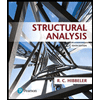 Structural Analysis (10th Edition)Civil EngineeringISBN:9780134610672Author:Russell C. HibbelerPublisher:PEARSON
Structural Analysis (10th Edition)Civil EngineeringISBN:9780134610672Author:Russell C. HibbelerPublisher:PEARSON Principles of Foundation Engineering (MindTap Cou...Civil EngineeringISBN:9781337705028Author:Braja M. Das, Nagaratnam SivakuganPublisher:Cengage Learning
Principles of Foundation Engineering (MindTap Cou...Civil EngineeringISBN:9781337705028Author:Braja M. Das, Nagaratnam SivakuganPublisher:Cengage Learning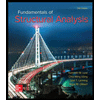 Fundamentals of Structural AnalysisCivil EngineeringISBN:9780073398006Author:Kenneth M. Leet Emeritus, Chia-Ming Uang, Joel LanningPublisher:McGraw-Hill Education
Fundamentals of Structural AnalysisCivil EngineeringISBN:9780073398006Author:Kenneth M. Leet Emeritus, Chia-Ming Uang, Joel LanningPublisher:McGraw-Hill Education
 Traffic and Highway EngineeringCivil EngineeringISBN:9781305156241Author:Garber, Nicholas J.Publisher:Cengage Learning
Traffic and Highway EngineeringCivil EngineeringISBN:9781305156241Author:Garber, Nicholas J.Publisher:Cengage Learning





